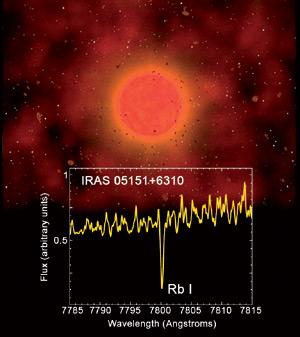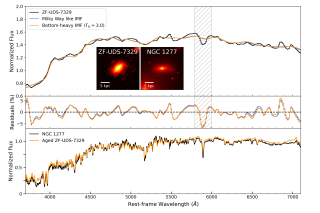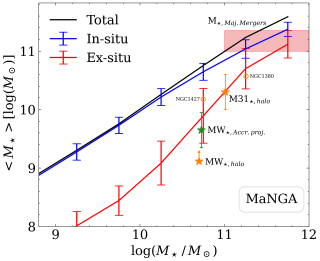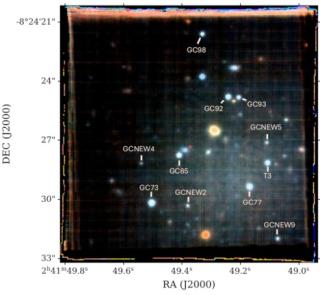It has been discovered that the most evolved intermediate-mass stars in our Galaxy are very rich in rubidium. This finding is the first observational evidence that these stars produce enormous quantities of the radioactive isotope 87Rb, as had been predicted from theoretical models of stellar nucleosynthesis more than 40 years ago.
This result provides a new observational perspective on the nucleosynthesis of s-elements in AGB stars and imposes observational constraints on theoretical models, which will surely improve our understanding of the final stages in the evolution of intermediate-mass stars. For certain, the results (extreme superabundances of Rb accompanied by slight overabundances of Zr) are not completely explained by current theoretical models, which usually do not take into account the more massive AGB stars (between 6 and 8 times the mass of the Sun). Neither do they consider the extreme mass loss undergone by these stars at this evolutionary stage.
This work could have important implications for the study of the origin of the Solar System since certain isotopic anomalies observed in presolar grains found in primitive meteorites (carbonaceous chondrites) might be explained in terms of the presence of these types of stars in the solar neighbourhood during the formation of the Solar System. The presence of AGB stars in the solar proto-nebula has recently been confirmed through the study of oxygen-rich presolar grains. The fact that measurements of primitive refractory inclusions of calcium and aluminium (called CAIs) in the Allende meteorite that retained their Rb/Sr isotopic ratio during solidification are extremely variable also supports the idea of an external source of Rb. It should be noted that 87Rb is often used as a radioactive chronometer for dating lunar rocks and meteorites (through the method of Rb–Sr dating) since it decays into 87Sr with a halflife of 48.8x109 years. This work suggests that ages derived with the Rb–Sr method should be considered solely as a qualitative estimate of age. Fortunately, other isotopic dating methods (e.g. 207Pb/206Pb) enable the formation of our planetary system to be dated in a quantitative way at 4560±10 million years.



